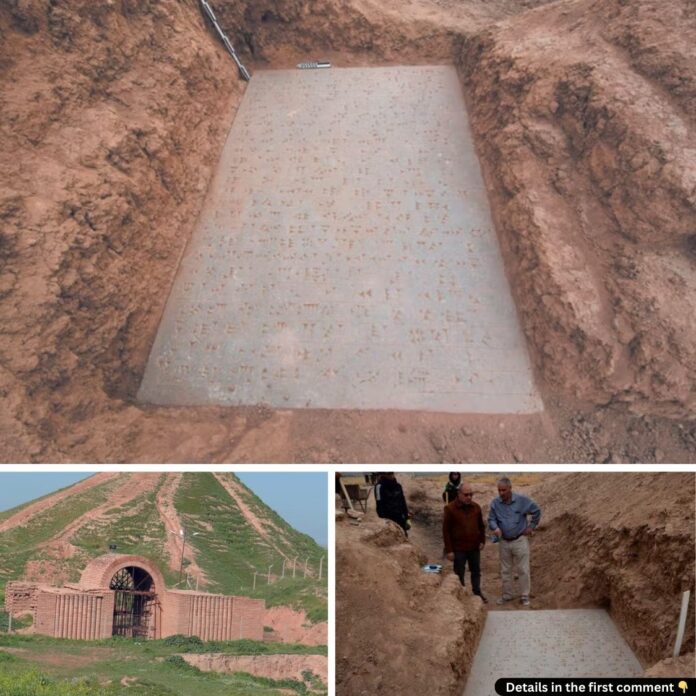Beneath the sands of time lies Nimrud, an ancient Assyrian city that has endured centuries of upheaval, destruction, and rediscovery. From the grandeur of its ziggurats to the devastation wrought by ISIS, the city stands as a testament to human resilience and cultural brilliance. Recent excavations, uncovering a 2,800-year-old inscribed palace threshold, reignite fascination with a civilization whose legacy refuses to fade. This find brings Nimrud’s story back to life, one artifact at a time.
A Recent Discovery of Historical Significance
Among the ruins of Nimrud, archaeologists have uncovered an inscribed threshold stone belonging to the palace of Adad-Nirari III, a king who ruled from 810 BC to 783 BC. Measuring over two meters in height, this massive artifact bears cuneiform inscriptions detailing royal lineages. Despite its age, the stone has miraculously survived both the Babylonian siege that led to Nimrud’s sacking and the destruction wrought by ISIS centuries later.
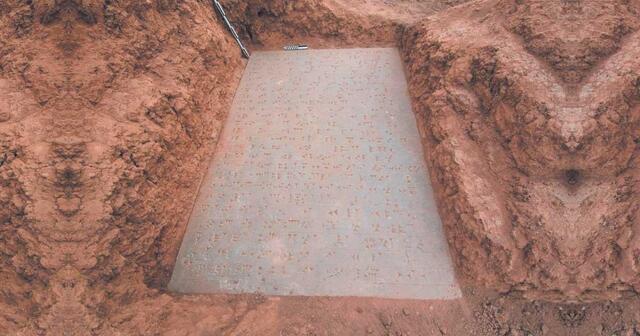
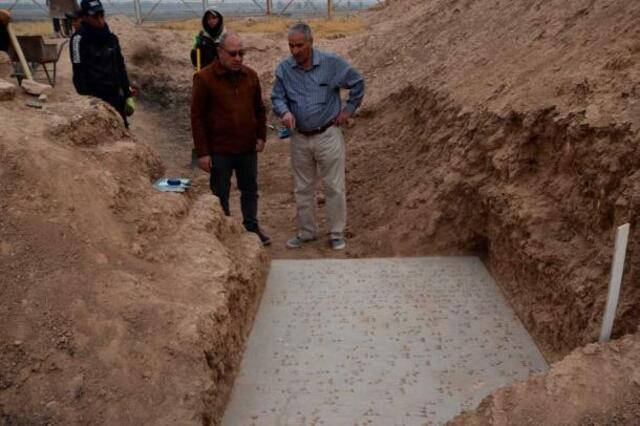
Michael Danti, leading a team from the University of Pennsylvania, highlighted the artifact’s uniqueness, stating, “I’ve seen tablets smaller than one of the cuneiform letters on this slab.” This discovery underscores the resilience of Nimrud’s history, revealing fragments of its grandeur even amidst catastrophic events.
Video
Discover new insights into the ancient cities of Nineveh and Nimrud – watch the video to explore the secrets these historic sites hold!
The Rise and Fall of Nimrud
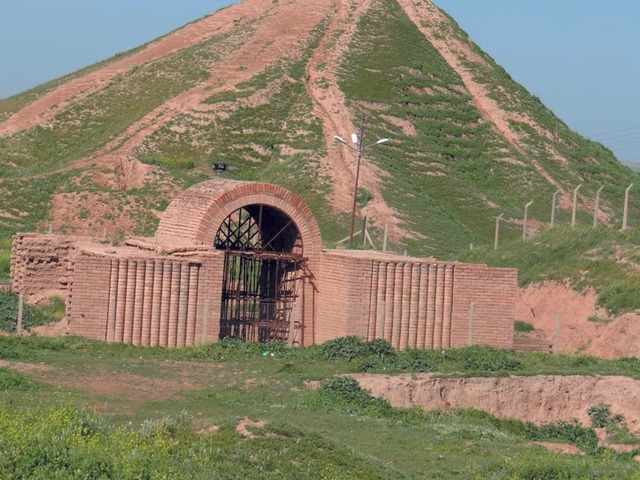
Founded around 1350 BC, Nimrud rose to prominence as a central hub of the Assyrian Empire. Between 883 BC and 706 BC, it served as the empire’s capital, showcasing advanced architecture, sprawling palaces, and monumental ziggurats. However, like the empire it once led, Nimrud fell victim to a coalition of Babylonians, Medes, and Chaldeans in the late 7th century BC. The city was sacked, its mud-brick constructions reduced to ruins.
The threshold stone discovered at Adad-Nirari III’s palace offers a rare glimpse into this tumultuous history. As one of the few artifacts to survive both ancient and modern destruction, it serves as a poignant reminder of Nimrud’s glory and its eventual decline.
ISIS’s Assault on Nimrud
In 2015, ISIS declared its intention to destroy Nimrud’s ancient ruins, branding them “unIslamic.” What followed was a systematic campaign of cultural vandalism. Bulldozers razed the city’s iconic ziggurat, reducing it to rubble that was used to bury surrounding structures. Barrel bombs targeted statues and other priceless artifacts, leaving 90% of the excavated city in ruins.
When Iraqi forces regained control of the site in 2016, they were met with a heartbreaking scene of destruction. Modern reconstructions from the mid-20th century, which had sought to preserve Nimrud’s legacy, had not been spared. Yet, amid this devastation, archaeologists like Danti have found hope in the artifacts that survived.
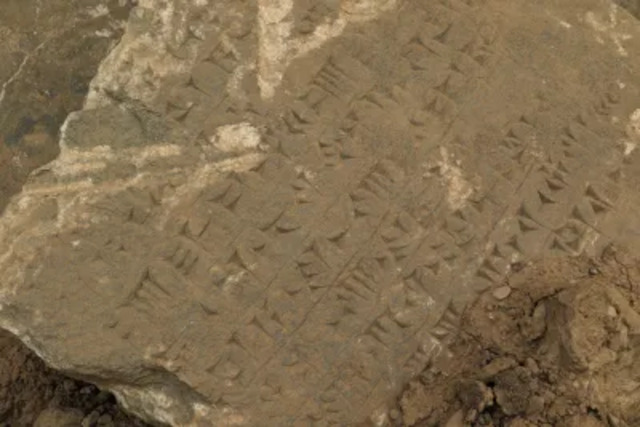
Forensic Archaeology: Retracing History
The excavation of Nimrud is no ordinary archaeological endeavor. Danti describes it as “forensic archaeology,” involving the re-excavation of areas first explored in the 19th century by Austen Henry Layard, a British archaeologist. Layard had discovered similar threshold stones during his digs, one of which is now housed in the British Museum.
Danti’s team has painstakingly worked to uncover remnants of artifacts left behind by Layard, as well as those buried under centuries of collapse. “At times, it felt like we were excavating the history of 19th-century archaeology,” Danti remarked. This dual-layered excavation has revealed not only ancient Assyrian history but also the methods and impact of early archaeological practices.
Piecing Together the Past
One of the most daunting tasks faced by Danti’s team is reconstructing the ruins of Nimrud, particularly the temple of Ishtar and the palace of Adad-Nirari III. ISIS’s destruction spared neither ancient structures nor modern reconstructions, leaving archaeologists with a literal and figurative puzzle to solve.
Fragments of sculptures, inscriptions, and architectural elements have been unearthed, including parts of a stone box that once carried a doorpost invoking divine protection. These pieces are now being meticulously pieced together to restore some semblance of Nimrud’s former grandeur.
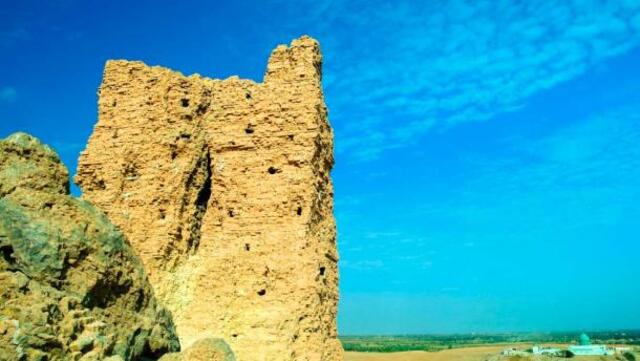
Queen Sammuramat: A Legacy of Power
Beyond the physical artifacts, the excavations at Nimrud offer insights into its historical figures, particularly Queen Sammuramat, mother of Adad-Nirari III. Known later in Greek mythology as Semiramis, Sammuramat wielded extraordinary influence for an Assyrian queen. She accompanied her son on military campaigns and was immortalized in cuneiform inscriptions.
Danti hopes that further excavations at Adad-Nirari’s palace will shed light on Sammuramat’s role in Assyrian politics and culture. Her story, like the artifacts of Nimrud, reflects the resilience and complexity of Assyrian civilization.
Preserving Nimrud’s Legacy
The rediscovery of artifacts like the threshold stone underscores the importance of preserving Nimrud’s cultural heritage. Iraqi antiquities authorities, in collaboration with international organizations, are working to safeguard the site and its artifacts for future generations.
Despite the challenges, the ongoing excavations at Nimrud serve as a powerful reminder of history’s resilience. Each artifact unearthed tells a story of survival, offering glimpses into the lives, achievements, and struggles of an ancient civilization.
Video
Iraq has unearthed a 2,700-year-old winged sculpture, first discovered in the 80s – watch the video to learn more about this incredible find and its historical significance!
Conclusion
The story of Nimrud is one of resilience amid destruction. From its rise as a capital of the Assyrian Empire to its fall at the hands of invaders, and its more recent devastation by ISIS, Nimrud’s legacy endures through the artifacts unearthed from its ruins. The threshold stone from Adad-Nirari III’s palace is more than just a relic; it is a testament to the enduring spirit of history and the importance of preserving our shared cultural heritage.
As archaeologists continue their work, the rediscovery of Nimrud offers hope that even in the face of overwhelming destruction, the past can still illuminate the present and inspire the future.
